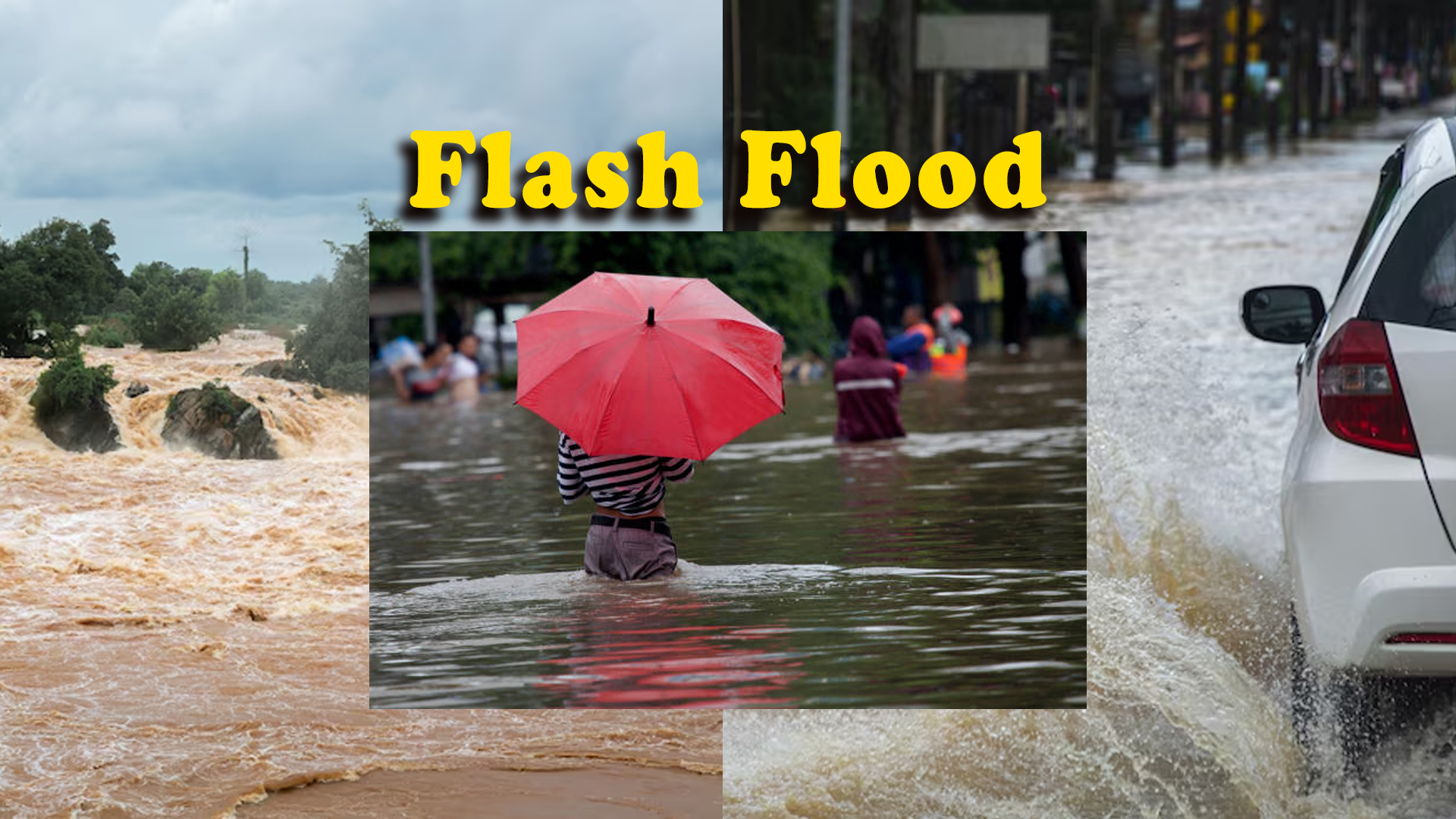Flash floods are among nature’s most unpredictable and dangerous phenomena, often striking with little to no warning. Unlike typical floods that develop slowly over days, flash floods erupt within minutes or a few hours of intense rainfall, a dam break, or rapid snowmelt, turning dry areas into raging torrents. Understanding flash flood warnings and knowing what to do when one occurs is crucial for safeguarding lives and property globally.
The Dynamics of a Flash Flood
The defining characteristic of a flash flood is its rapid onset and incredible speed. They are most commonly triggered by:
- Torrential Rainfall: Severe thunderstorms, hurricanes, tropical storms, or monsoons can dump immense amounts of rain in a short period, overwhelming drainage systems and causing rivers, streams, and normally dry arroyos to swell almost instantly.
- Dam or Levee Failure: The sudden collapse of a natural or man-made dam can release a massive volume of water downstream, creating an immediate and devastating flash flood.
- Ice or Snowmelt: Rapid thawing of large snowpacks or the sudden release of water from ice jams can send a surge of water into valleys and low-lying areas.
- Urbanization: In urban areas, extensive concrete and asphalt surfaces prevent water from soaking into the ground. This increased runoff can quickly overwhelm storm drains and lead to dangerous street flooding.
- Steep Terrain: Areas with steep slopes and narrow canyons are particularly vulnerable, as water gathers momentum and can create a powerful, debris-filled wave.
What makes flash floods so perilous is their destructive power. Even a few inches of fast-moving water can knock an adult off their feet, and as little as 12 to 24 inches can sweep away most vehicles. The water can also carry dangerous debris, chemicals, and electrical currents from downed power lines.
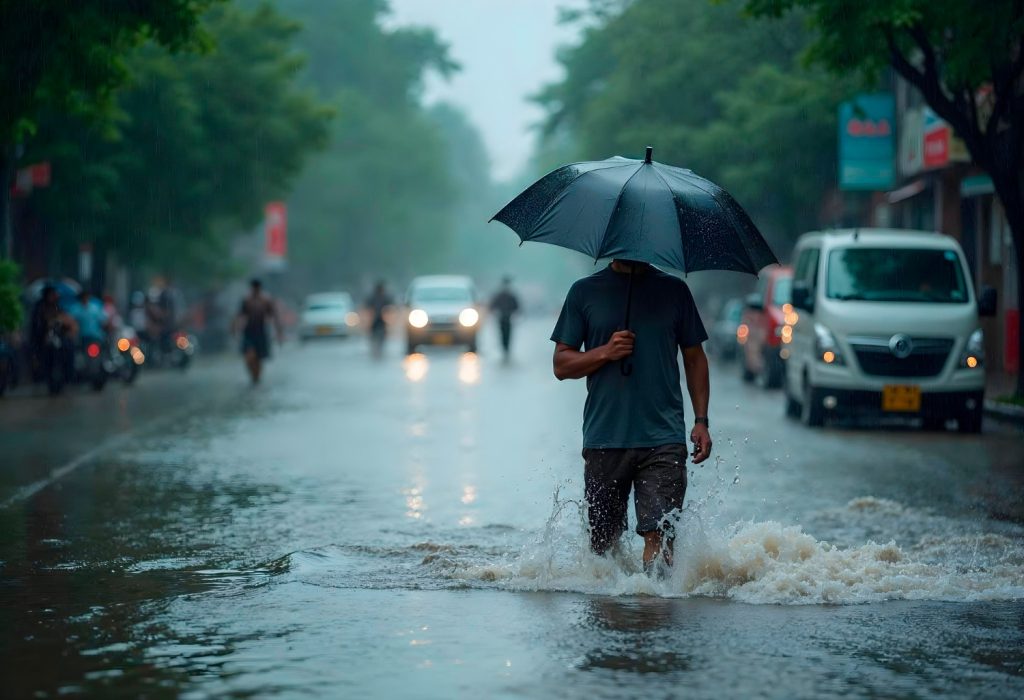
Flash Flood Warnings: Understanding the Alerts in the USA
In the United States, the National Weather Service (NWS) is the primary authority for issuing flood-related alerts. It’s vital to understand the difference between the various advisories to know when to take action:
- Flood Watch: This means that conditions are favorable for flooding to occur in the designated area. It’s a signal to be prepared and stay informed, but does not mean flooding is imminent or occurring. You might hear terms like “flood watch near me” or “local flood watch” indicating potential danger.
- Flash Flood Watch: Similar to a Flood Watch, but specifically for flash flooding. This indicates that flash flooding is possible in your area, and you should be ready to take action.
- Flood Advisory: Issued when specific weather events may cause nuisance flooding, leading to inconvenience but not expected to be severe enough to warrant a warning. However, caution is still advised.
- Flash Flood Warning: This is the most critical alert. A Flash Flood Warning means a flash flood is imminent or already occurring. This requires immediate action to protect life and property. The NWS may also issue a “Flash Flood Emergency” for particularly severe situations, often in densely populated areas. This is when you need to know “what to do during a flash flood warning” or “flash flood safety tips.”
- Flood Warning: Issued when general flooding is imminent or already happening, often for rivers or larger bodies of water.
These alerts are disseminated through various channels, including NOAA Weather Radio, local television and radio broadcasts, and Wireless Emergency Alerts (WEA) sent directly to mobile phones. It’s crucial to have multiple ways to receive these warnings, especially a battery-powered radio in case of power outages. For real-time updates, many in the USA search for “weather alerts near me” or “flash flood warning today.”
What to Do in a Flood: Safety is Paramount in the USA
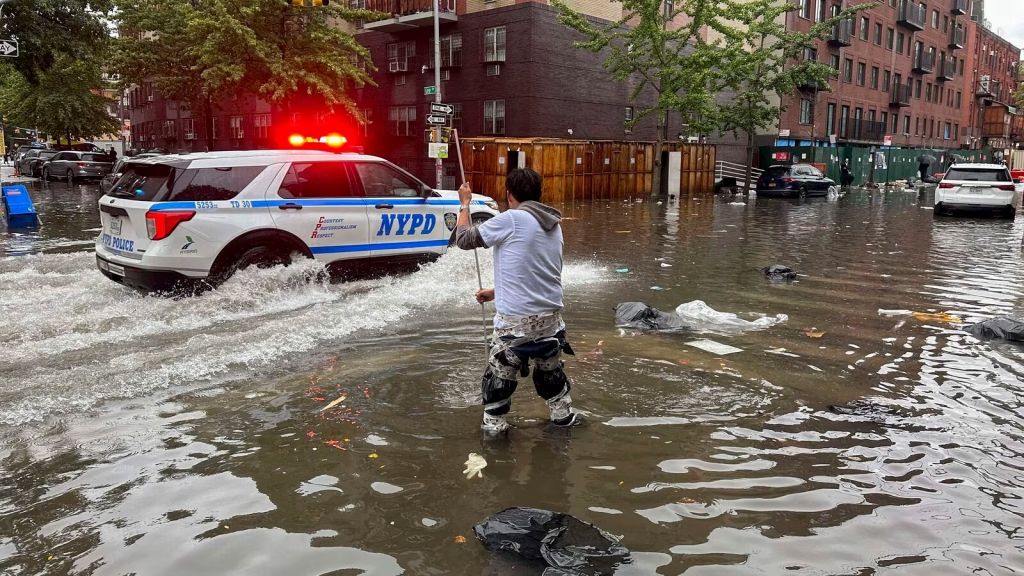
Preparing for and responding to a flash flood requires swift and decisive action. Many of these recommendations are vital for “flood preparedness” across the nation.
Before a Flood (Preparation is Key):
- Know Your Risk: Determine if your home or workplace is in a flood-prone area. You can check your specific property’s flood risk by visiting FEMA’s Flood Map Service Center.
- Develop a Family Emergency Plan: Discuss evacuation routes, a designated meeting point, and out-of-state contacts. This is part of general “emergency preparedness plan.”
- Assemble an Emergency Kit: Include at least a three-day supply of water (one gallon per person per day) and non-perishable food, a battery-powered or hand-crank radio, flashlights, extra batteries, a first-aid kit, copies of important documents (medication lists, insurance policies, IDs), cash, and essential medications. More details can be found on Ready.gov’s Floods section.
- Prepare Your Home:
- Elevate critical appliances like furnaces, water heaters, and electrical panels if you live in a high-risk flood area.
- Install “check valves” in sewer traps to prevent floodwaters from backing up into your drains.
- Anchor outdoor fuel tanks.
- Consider purchasing flood insurance through the National Flood Insurance Program (NFIP), as standard homeowner’s policies typically do not cover flood damage. There may be a waiting period before coverage takes effect.
- Stay Informed: Monitor weather forecasts regularly, especially during periods of heavy rain. Look for “National Weather Service flood” updates.
During a Flash Flood Warning:
- Move to Higher Ground IMMEDIATELY: This is the most crucial step. Do not wait for instructions if you are in a low-lying area or near a stream or dry wash. Even if it’s not raining where you are, distant rainfall can cause a flash flood. If you are in a “flash flood zone,” evacuate.
- If Evacuation is Ordered, Do So Without Delay: Follow the instructions of public safety officials and use designated evacuation routes. Take your emergency kit and pets with you. For guidance on “evacuation routes” and “shelters,” consult local emergency management agencies.
- “Turn Around, Don’t Drown!”:
- NEVER drive or walk through floodwaters. The depth and speed of the water can be deceptive. Roads may be washed out underneath, and swift water can easily sweep away vehicles and people. Most flood-related deaths occur in vehicles. This is the core of “flood safety driving.”
- If your vehicle stalls in rapidly rising water, abandon it immediately and move to higher ground if safe to do so. If water is rising inside the vehicle, seek refuge on the roof.
- Stay Away from Downed Power Lines: Floodwaters can be electrically charged. This is a critical “electrical safety flood” tip.
- Avoid Contact with Floodwaters: Floodwater can be contaminated with sewage, chemicals, and debris, posing health risks. The CDC offers comprehensive floodwater safety guidelines.
- If Trapped in a Building: Go to the highest level possible. Do not climb into a closed attic, as you could become trapped. Only go to the roof if absolutely necessary and signal for help.
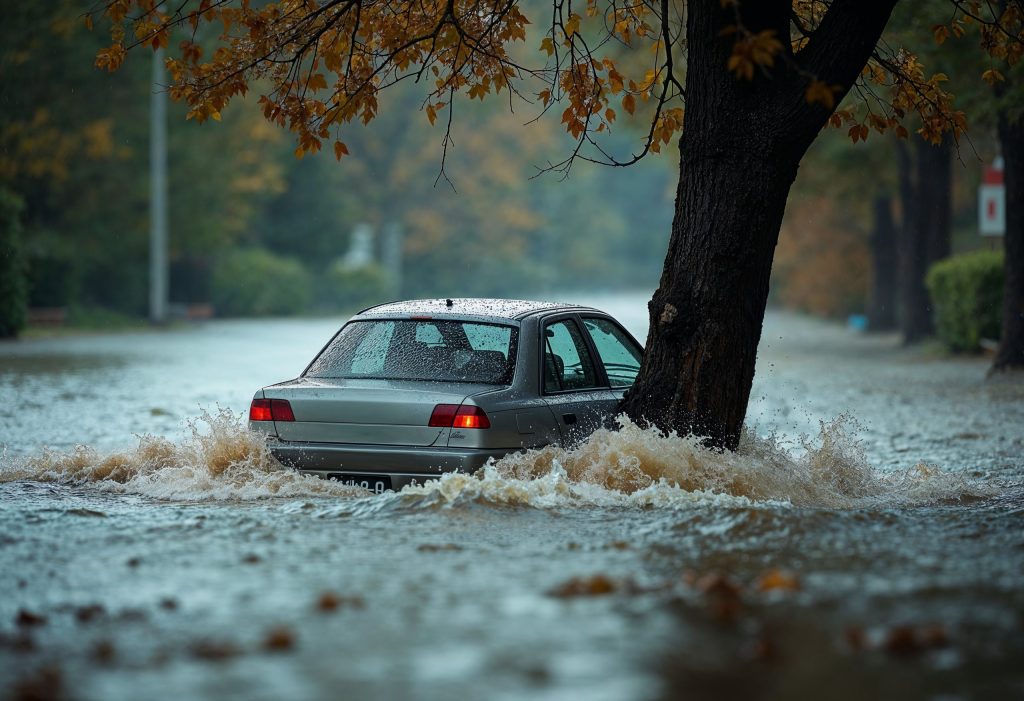
After a Flood:
- Stay Informed: Continue listening to local news for updates and instructions from authorities.
- Return Home Only When Declared Safe: Roads may still be damaged or covered in water.
- Be Cautious When Entering Your Home: Check for structural damage, loose power lines, and damaged gas lines. If you smell gas, leave immediately and call the fire department.
- Document Damage: Take photos or videos of any damage for insurance claims.
- Avoid Contaminated Water: Do not use floodwater for drinking, cooking, or personal hygiene. Listen for boil water advisories.
- Clean and Disinfect: Thoroughly clean and disinfect anything that came into contact with floodwater to prevent mold and bacterial growth. The EPA provides excellent resources for flood cleanup and indoor air quality.
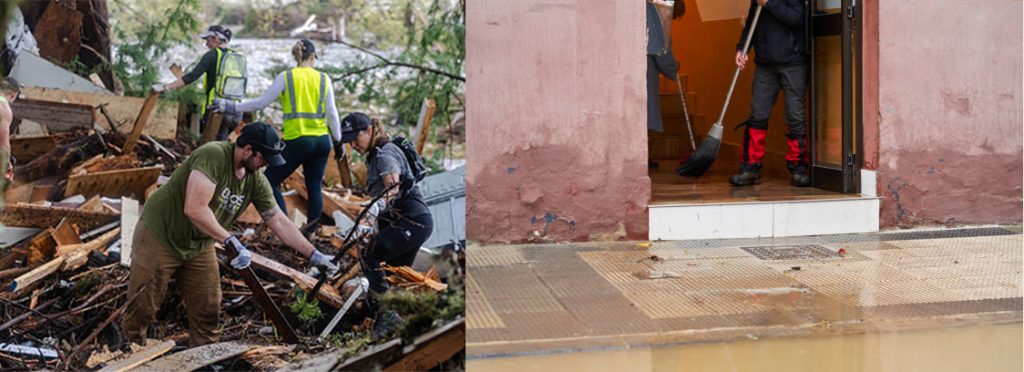
Flash floods are a serious threat in many parts of the world, from arid desert washes to urban centers and mountain valleys. In the USA, recent events, such as the deadly flash floods in Texas’s Hill Country during the July 2025 holiday weekend, underscore the immediate and devastating impact these events can have (for more details on the specific challenges faced, see our article on Texas Flood of 2025. By understanding the warnings and taking proactive steps to prepare and respond, individuals and communities can significantly reduce the risks and help ensure their safety when the waters rise.


